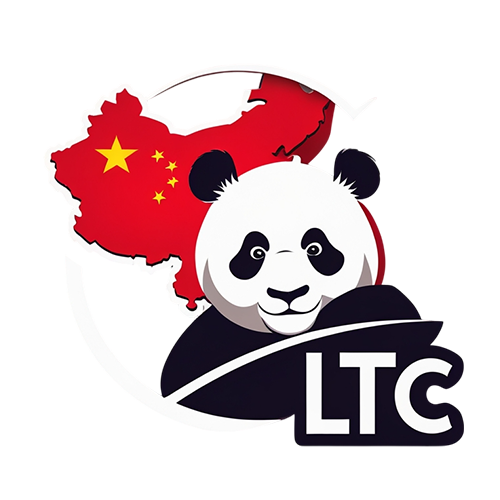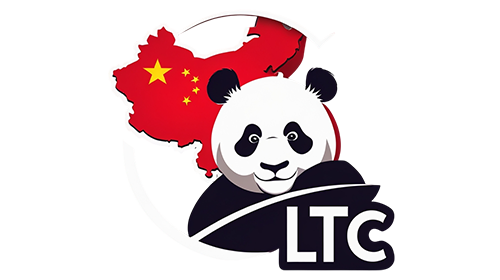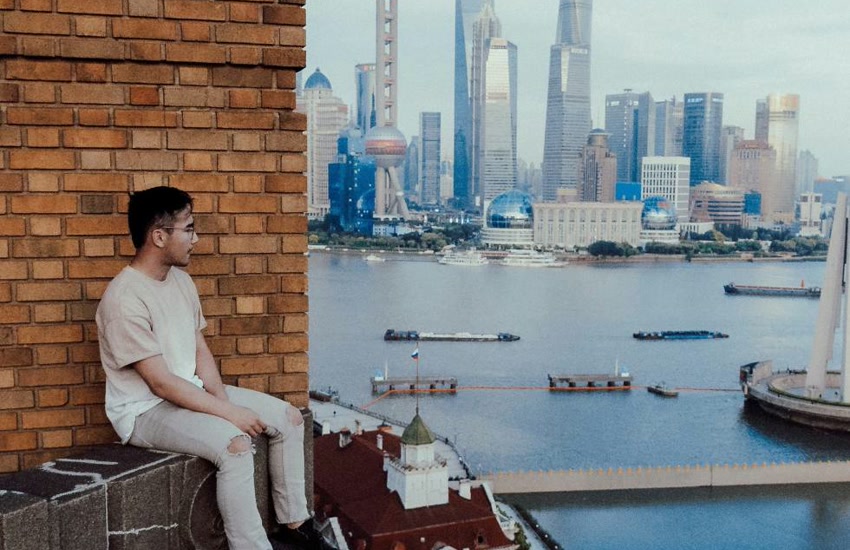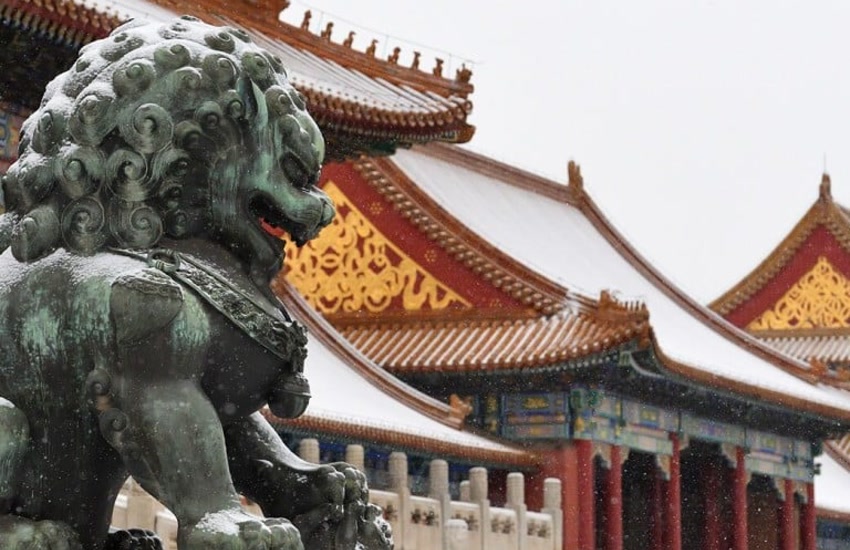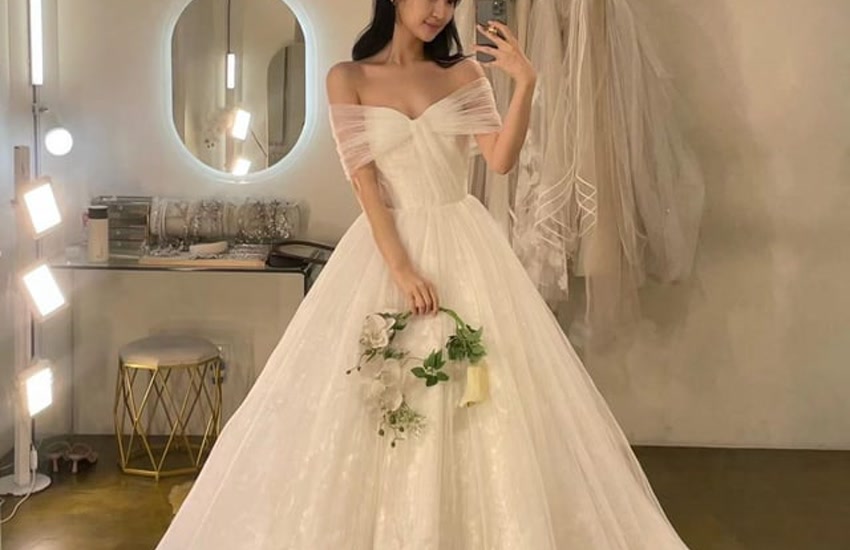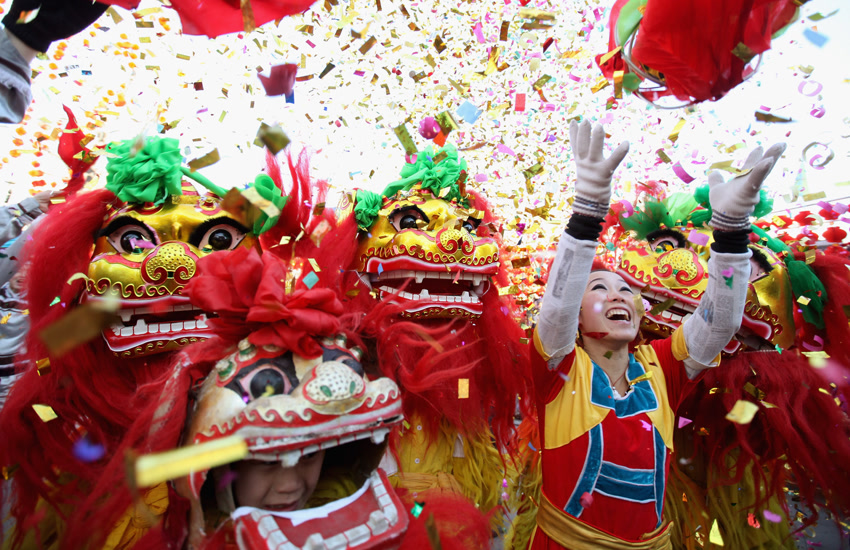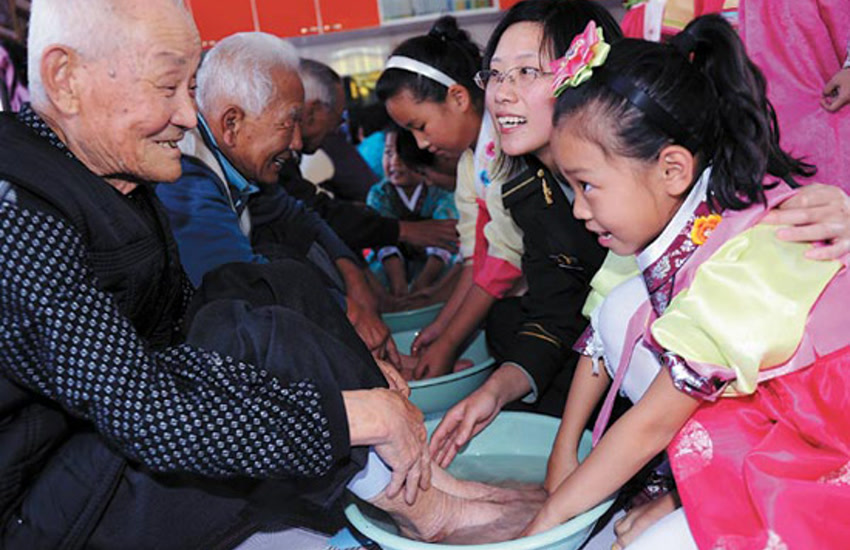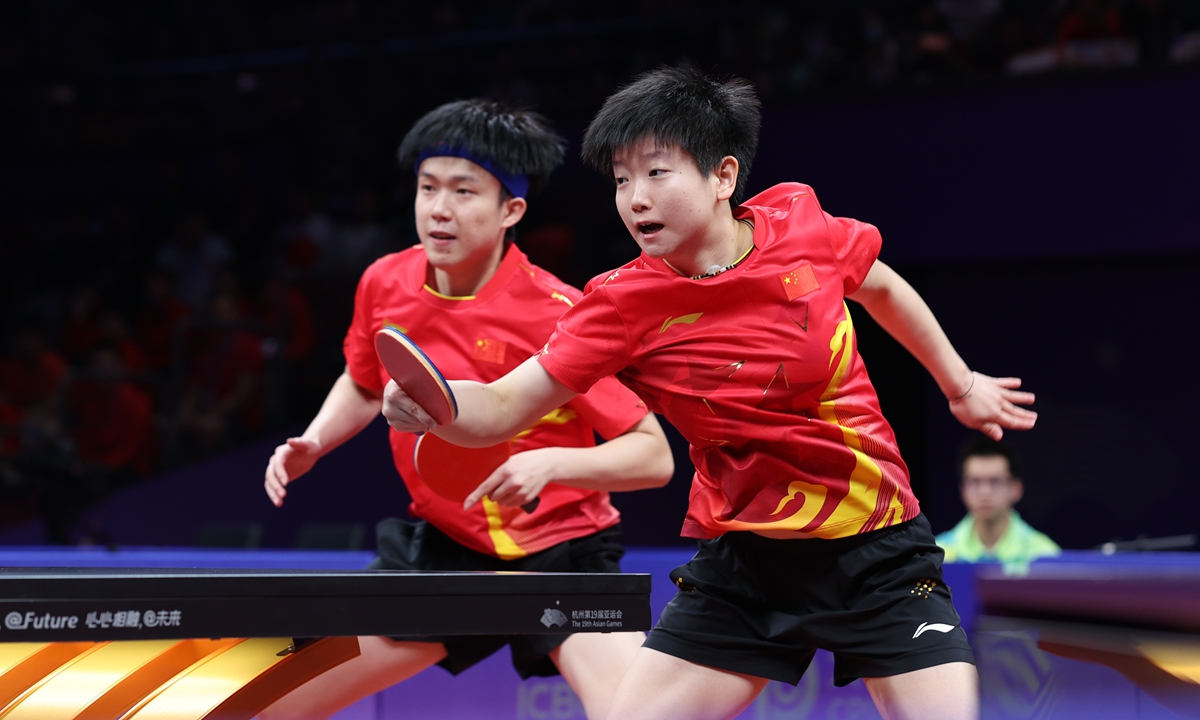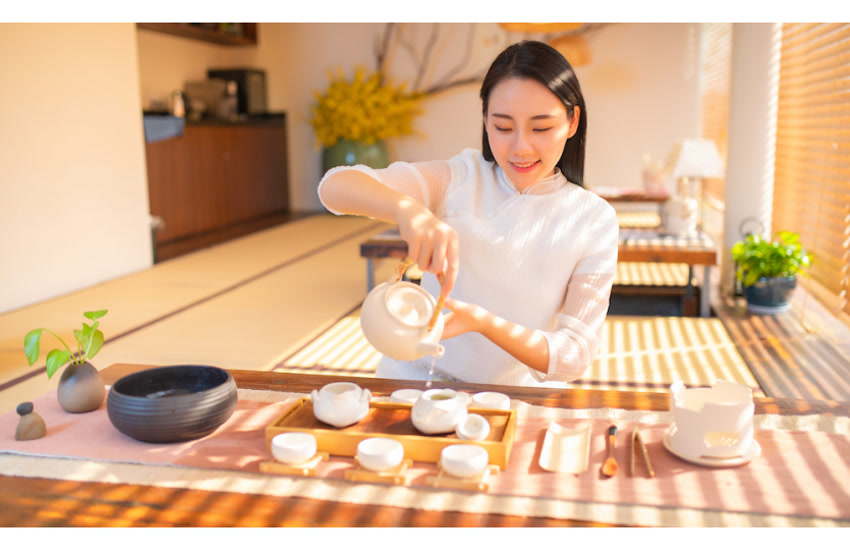
Hey tea lovers! It’s your girl, back from another incredible adventure in China.
This time, I’ve been diving deep into the world of cha (茶) – tea! And I mean really deep.
We’re talking history, culture, varieties, the whole shebang. If you’ve ever wondered about Chinese tea in Chinese culture and language, you’ve come to the right place.
What is Chinese Tea Called? Unpacking the Character 茶 (chá)
Tea in Mandarin Chinese
First things first, let’s tackle the basics: What do you call Chinese tea in Chinese? The answer is simply 茶 (chá) in Mandarin Chinese. This single character represents the entire world of tea, and you’ll hear it everywhere you go in China.
It’s amazing how much history and tradition can be packed into one simple symbol! You’ll see this character adorning tea shops, tea houses, and packaging all over the country. Understanding this one character is your first step to understanding Chinese tea in Chinese.
A Brief History: From Ancient Emperors to Modern Times
The Birth of Chinese Tea
The story of Chinese tea begins way back in ancient times. Legend has it that around 2737 BC, Emperor Shen Nong (a mythical figure in Chinese culture) discovered tea when a leaf from a nearby shrub fell into his boiling water. He found the resulting brew refreshing and invigorating, and thus, tea was born!
Tea wasn’t just a beverage, though. It was first considered a medicinal drink, bringing vitality to the body.
Significance of Tea in Chinese Dynasties
Fast forward through the dynasties, and tea became increasingly significant. During the Tang Dynasty (618-907 AD), tea culture began to flourish. By the Song Dynasty (960-1279 AD), tea farms covered vast areas, and tea was even used as a form of currency! Can you imagine paying for groceries with tea cakes? Talk about a delicious exchange!
The Ming Dynasty (1368-1644 AD) brought further changes, with emperors like Zhu Yuanzhang (the Hongwu Emperor) abolishing compressed tea bricks and encouraging the use of loose-leaf tea. This was a game-changer for tea farmers, simplifying the production process.
Today, tea remains one of the “seven necessities” of Chinese life – alongside firewood, rice, oil, salt, soy sauce, and vinegar. That’s some serious company!
The Six Main Types of Chinese Tea: A World of Flavors
Introduction to Types of Chinese Tea
One of the most fascinating things I learned is that all true tea comes from the Camellia sinensis plant. The differences in flavor, color, and aroma all come down to the way the leaves are processed. The processing determines which of the 6 types of Chinese tea it will be.
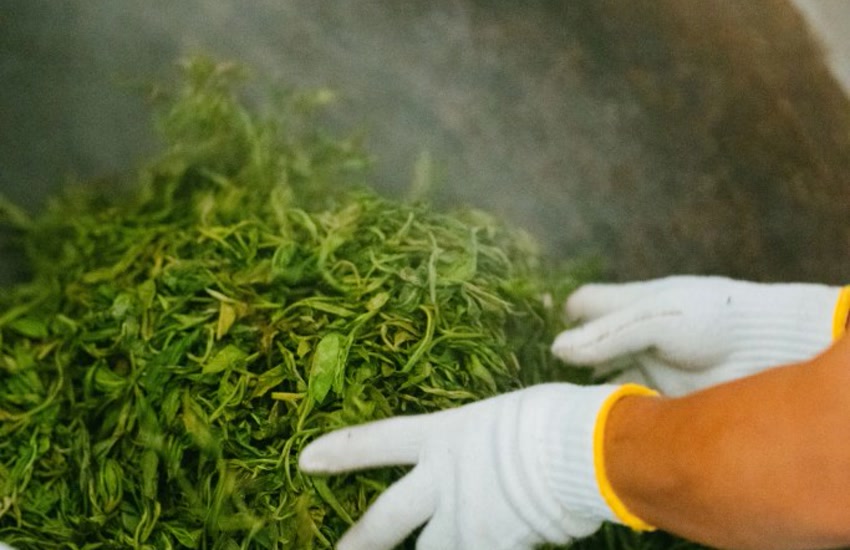
Chinese teas are generally categorized into six main types:
- White Tea (白茶 – báichá): The least processed tea, known for its delicate, sweet flavor and light golden color. Leaves are withered and dried naturally. A famous type of white tea is Baihao Yinzhen (‘White tip silver needle’).
- Green Tea (绿茶 – lǜchá): This is probably the most well-known type in the West. Green tea leaves are heated (pan-fired or steamed) soon after picking to prevent oxidation, preserving their fresh, grassy flavor. Longjing (Dragon Well) is a very popular green tea.
- Yellow Tea (黄茶 – huángchá): Similar to green tea, but with an additional step of “yellowing,” which involves a gentle oxidation that gives the tea a unique mellow flavor. It started to be cultivated in Sichuan around 2000 years ago.
- Oolong Tea (乌龙茶 – wūlóngchá): Oolong teas undergo partial oxidation, ranging from lightly oxidized (closer to green tea) to heavily oxidized (closer to black tea). This creates a wide range of flavors, from floral to fruity to roasted. The name roughly translates to “black dragon”. Anxi Tieguanyin is a well-known type of oolong.
- Black Tea (红茶 – hóngchá): Fully oxidized, black tea has a robust, rich flavor and a dark, reddish-brown color. In China, it’s actually called “red tea” because of the color of the brew. Keemun black tea is a very popular variety.
- Post-Fermented Tea (黑茶 – hēichá): Also known as “dark tea,” this type undergoes microbial fermentation after processing. The most famous example is Pu-erh tea, which can be aged for years, developing complex and earthy flavors.
Within each of these categories are countless varieties, each with its own unique characteristics. It’s a real adventure for the taste buds!
Exploring Chinese Tea Culture: Customs, Etiquette, and Tea Houses
The Impact of Tea on Chinese Culture
Tea isn’t just a drink in China; it’s an integral part of the culture. It’s present in daily life, social gatherings, and formal ceremonies.
Tea Customs and Etiquette in China
You might notice people in restaurants rinsing their bowls and utensils with tea before eating. This is a common practice, especially in older establishments. It’s a way to cleanse the dishes and show respect. Chinese people also tend to use a personal tea bottle, infusing water with tea leaves for hours.
Significance of Chinese Tea Houses
Tea Houses (茶馆 – cháguǎn) are traditional public places where people gather to drink tea, socialize, and relax. Tea houses have a long history, dating back to the Tang Dynasty. They’re more than just places to drink tea; they’re social hubs where people exchange information, conduct business, and enjoy entertainment.
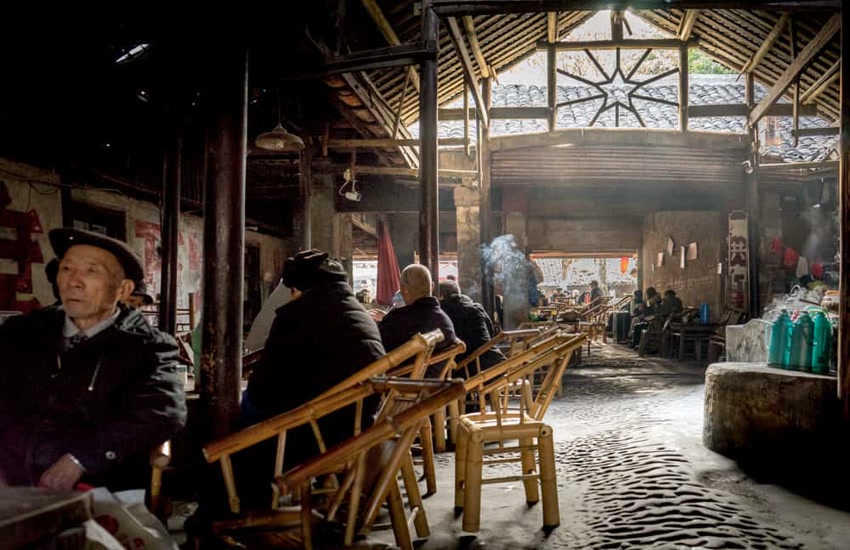
Chinese Tea Ceremony: Gongfu Cha (功夫茶)
Understanding Chinese Tea Ceremony
The most well-known Chinese tea ceremony is called Gongfu Cha (功夫茶), which translates to “tea made with skill”. It’s more than just brewing tea; it’s an art form that requires precision, patience, and a deep appreciation for the tea itself.
Gongfu Cha involves using special tea sets, carefully controlling the water temperature and steeping time, and serving the tea in a specific way. It’s a truly beautiful and meditative experience. While there are other tea ceremonies in China, Gongfu Cha is probably the most well-known style.
Popular Chinese Teas: A Few Recommendations
Getting Started with Traditional Chinese Tea
With so many different types of tea to choose from, it can be overwhelming! Here are a few popular traditional Chinese tea varieties to get you started:
- Longjing (龙井 – lóngjǐng): A famous green tea from Hangzhou, known for its smooth, mellow flavor.
- Biluochun (碧螺春 – bìluóchūn): Another popular green tea from Jiangsu, with a delicate, floral aroma.
- Tieguanyin (铁观音 – tiěguānyīn): A well-known oolong tea from Fujian, with a complex, roasted flavor.
- Huangshan Maofeng (黄山毛峰 – huángshān máofēng): A green tea from Anhui, with a slightly sweet and vegetal taste.
- Pu-erh (普洱茶 – pǔ’ěr chá): A post-fermented tea from Yunnan, with earthy and complex flavors that develop with age.
These are just a few examples, of course. There’s a whole world of best Chinese tea in Chinese culture out there waiting to be explored!
My journey into the world of Chinese tea in Chinese culture has been an incredible experience. From learning about the history and different types of tea to participating in tea ceremonies and visiting traditional tea houses, I’ve gained a newfound appreciation for this ancient beverage.
I hope this guide has inspired you to explore the world of Chinese tea for yourself. Whether you’re a seasoned tea drinker or a curious beginner, there’s something for everyone to discover in the rich and diverse world of cha.
So, go ahead, brew yourself a cup, and let the journey begin! And if you ever find yourself in China, be sure to visit a local tea house and experience the magic of Chinese tea firsthand. Cheers (or should I say, 干杯 – gānbēi)!
Discover our others culture guide:
